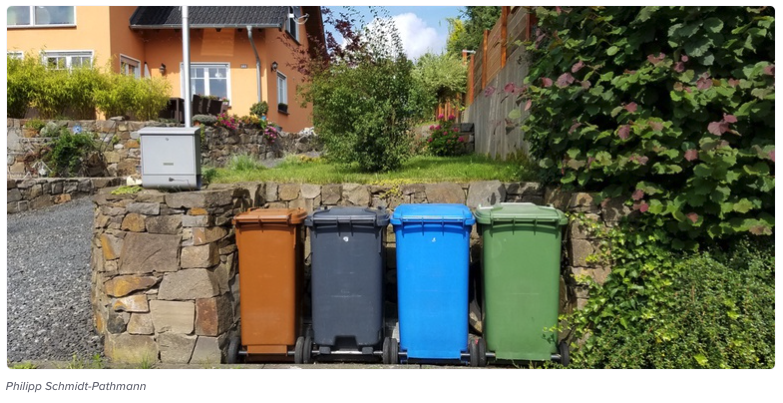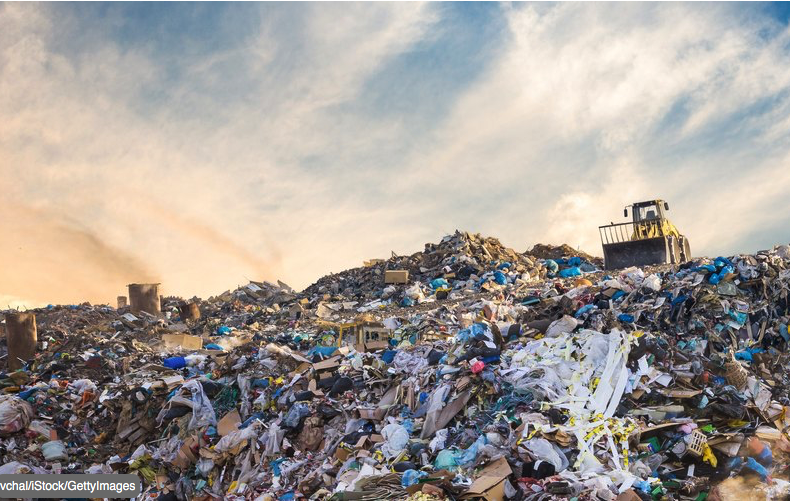The Confederation of European Waste-to-Energy Plants (CEWEP) has welcomed the recognition of waste management as a sector providing an essential service to society by Virginijus Sinkevičius, the European Environment Commissioner, on the occasion of the publication of a guidance on waste shipment in the context of the COVID19, and emphasised the…





